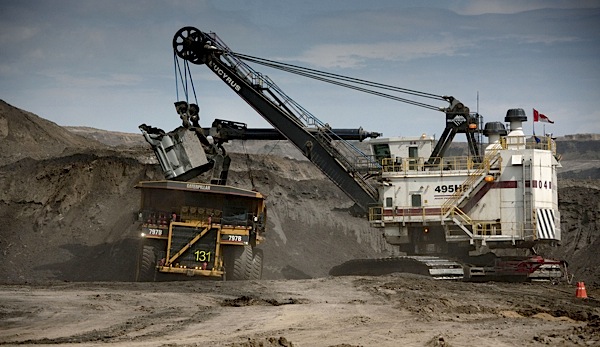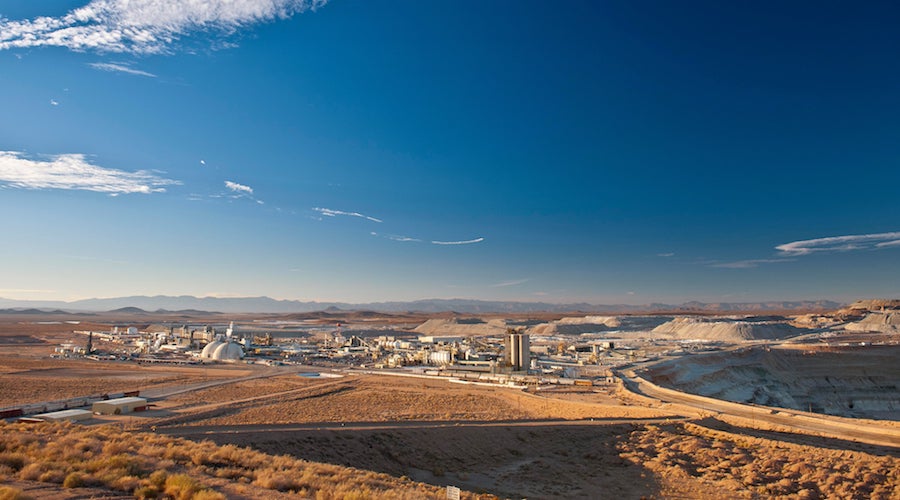Canada’s oil sands hit hardest by investment barriers to Chinese firms

Canada’s oil sands will require at least $100 billion in capital investment by 2019 to achieve full development. Where is it gonna come now?
Boosting investment obstacles to dissuade Chinese state-owned enterprises (SOEs) from investing in Canada, particularly in its oil sands industry, is weak policy likely to leave the Alberta oil patch “underfunded,” shows a report published Wednesday by the University of Calgary.
Author Wendy Dobson, from UCAL’s School of Public Policy, argues that since CNOOC Ltd’s $15.1 billion acquisition of Nexen in December 2012, the federal government has overreacted by issuing a series of new directives to stop Chinese state-owned businesses from owning the country’s oil sands.
“The government’s enhanced stringency may be a response to popular fears that China is ‘buying up’ Canadian assets,” she said in a statement. “Such fears are, for the time being at least, overblown: China’s global outward FDI stocks are still lower than Canada’s, and a fraction of those held by the U.S., the U.K. and Germany — although China will undoubtedly continue to expand its foreign investment portfolio.”
The effects of these new policies are already visible, with Canadian M&A activity plummeting a dramatic 80% last year to US$10.2 billion, a five-year low, compared to US$50 billion in 2012, according to IHS Herold data.
Dobson says that instead of clarifying the rules of engagement for Chinese SOEs, Canada has “added to the existing opaque net-benefits and national-security tests, has raised the risks in several ways that the development of the oil sands resource will be underfunded,” she writes.
The expert quotes studies that show Canada’s oil sands will require at least $100 billion in capital investment by 2019 to achieve full development.
“Currently, Chinese investment accounts for roughly two per cent of Canada’s total FDI stocks. Even if that share remained constant, by 2020 investment would total $40 billion or 40% of the estimated funding required to develop the oil sands,” Dobson said.
Image: Athabasca oil sands digger, by Shell via Flickr.
More News
{{ commodity.name }}
{{ post.title }}
{{ post.date }}




Comments